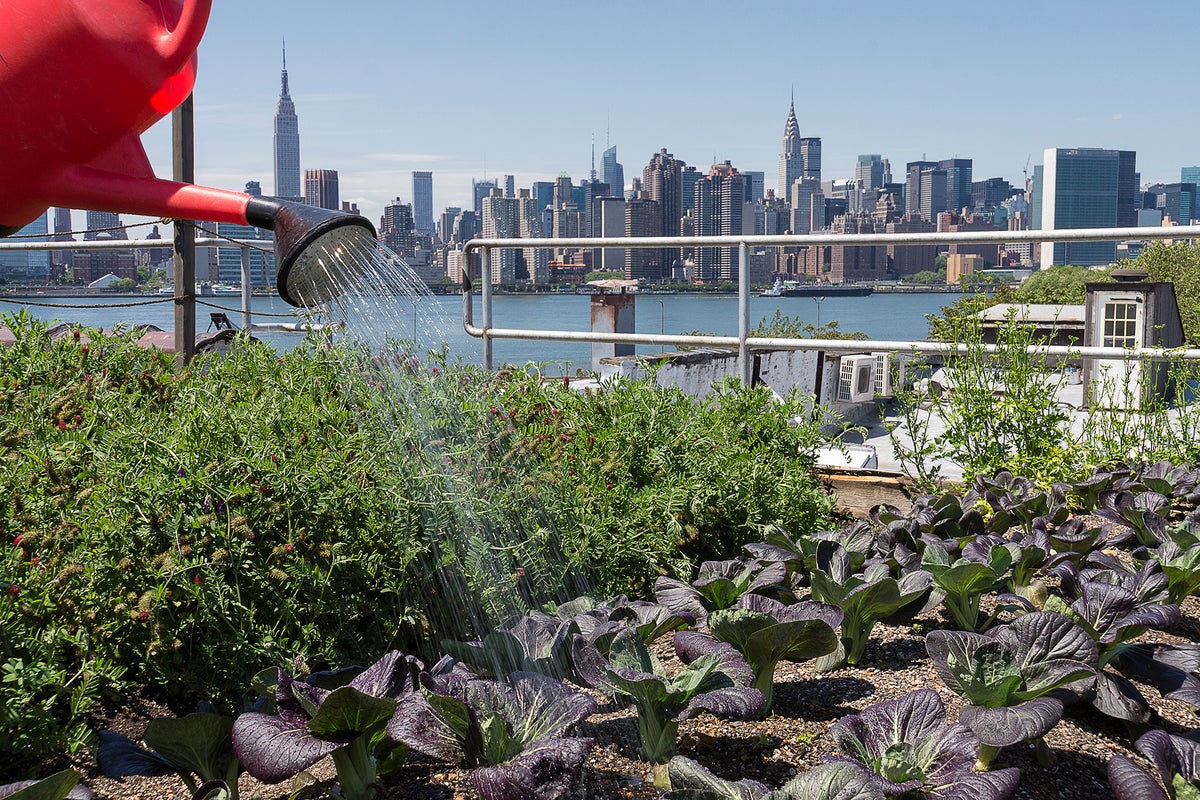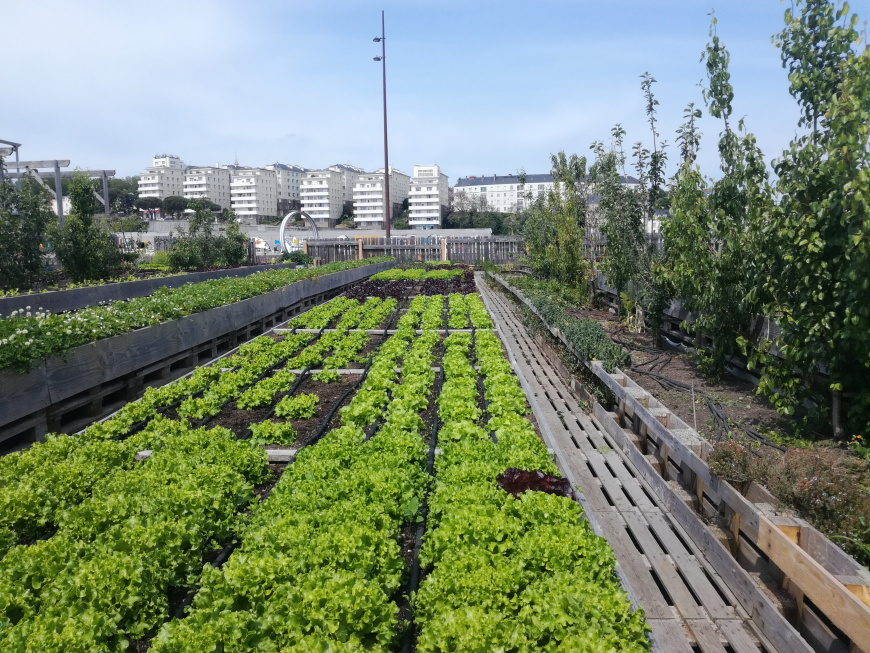The Basic Principles Of City Blooming
The Basic Principles Of City Blooming
Blog Article
City Blooming - An Overview
Table of ContentsIndicators on City Blooming You Should KnowNot known Details About City Blooming Some Ideas on City Blooming You Should KnowEverything about City Blooming5 Simple Techniques For City Blooming
Interested in expanding food available in the City of Chicago? Thinking regarding beginning a neighborhood yard? Modifications to the Chicago Zoning Ordinance allow farming uses like community gardens and city ranches in lots of components of the city. Below is a list of often asked concerns regarding the guidelines and regulations that growers should consider when planning a metropolitan agriculture task.
The zoning modification does not customize any kind of various other codes managing composting, building authorizations, buying or leasing City had home, business licenses or environmental contamination. There are existing codes that control these problems and they remain in full impact and might be appropriate to your project. Area yards are usually owned or taken care of by public entities, civic organizations or community-based organizations and kept by volunteers.
Urban ranches expand food that is planned to be offered, either on a nonprofit or for-profit basis. Due to their commercial function, metropolitan ranches call for a company license.
All about City Blooming
The quantity of garden compost material can not exceed 25 cubic lawns at any type of provided time according to the standards in 7-28-715 of the City's Municipal Code. Since the soil at the majority of brand-new yard websites requires changing, compost, soil, timber chips, or various other materials can be obtained to construct or enhance the growing space.

If a building authorization is called for after that the hoophouse will certainly be considered an accessory building. You can figure out more concerning the building license requirements by speaking to the Division of Buildings. The 25,000-square-foot dimension limit is meant to avoid a solitary area yard from controling an offered block or detracting from the block's existing household or business character.
The limit does not relate to gardens located in Public Open Area (POS) areas. Can there be greater than one area yard that is 25,000 square feet on a single block? Yes. The size restriction relates to individual yards, not to individual blocks. No. Fencing is not required, however, gardens that have big auto parking locations may be called for to set up fence or various other landscaping attributes.
Get This Report on City Blooming
B1 & B2 areas require that all industrial usage tasks be carried out inside. R districts limit commercial activity. The policies reflect the function and intent of the Zoning Code. Is fencing needed for metropolitan ranches? Yes. Fencings might be needed, along with landscape design and testing, for sure auto parking locations and exterior work or storage areas relying on location and the certain task occurring.
Yes. Urban ranches need structure authorizations and zoning approvals prior to building. Other kinds of city evaluation might be required depending on particular structures, activities, dimension, landscaping, licensing, public health and stormwater management issues. Many of these requirements are determined in the job style or permitting procedure, nonetheless, the applicant may be liable to separately recognize details licenses or permits that might be needed.
Yes. The type of certificate is identified by what is taking place at the site. The Division of Company Affairs and Customer Security can assist identify the particular sort of organization permit that's needed. Yes. Off road parking is required for many business tasks in Chicago. The required number of garage is based upon the number of staff members servicing website and not the square footage of the expanding space.
8 Simple Techniques For City Blooming

Yes. An urban ranch can offer compost product created on website, nonetheless, the operation needs to follow the policies in 7-28-715 of the Chicago Municipal Code. Yes. Aquaponic systems are allowed indoors on urban ranches in numerous zoning districts. Nevertheless, a zoning testimonial and structure authorization is required in order to mount structures or systems and a service certificate is required as defined above.
Approximately 5 hives or swarms of honey bees might be kept as an accessory usage. However, beekeepers must register with the Illinois Division of Agriculture. For additional information concerning the proposed zoning amendment you may contact the Department of Real Estate and Economic Growth, Bureau of Preparation and Zoning at 312.744.8563.
Farming in cities and metropolitan locations An urban farm in Chicago. Urban farming refers to different techniques of growing. https://my-store-faa5b0.creator-spring.com/, handling, and dispersing food in urban locations. The term additionally puts on the area tasks of animal husbandry, aquaculture, beekeeping, and gardening in a metropolitan context. Urban agriculture is identified from peri-urban farming, which happens in backwoods beside residential areas.
The Ultimate Guide To City Blooming
, who look for to develop social networks established on a shared principles of nature and area holism. These networks can establish by means of formal institutional assistance, becoming incorporated right into regional town planning as a "transition town" activity for lasting city advancement.
Some of the first evidence of urban agriculture comes from Mesopotamia.
Report this page